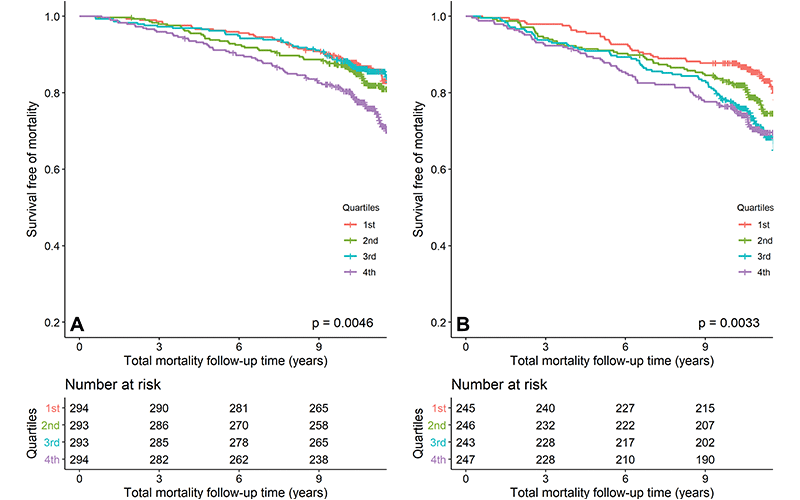Increased Aortic Diameter Raises Risk of Heart Attack, Stroke
Assessment of asymptomatic patients could lead to sex-specific prevention strategies

The diameter of the thoracic aorta is a biomarker for heart attacks and other adverse cardiovascular events in women and men, according to a new study published in Radiology.
The thoracic aorta grows as we age, but changes of vessel size and structure have a systemic nature involving hemodynamic and biological processes also linked to cardiovascular disease.
“While enlargement of the thoracic aorta is a frequent finding in clinical practice, few longitudinal data regarding its long-term prognosis for major cardiovascular disease outcomes at the population level exist,” said study senior author Maryam Kavousi MD, PhD, from the Department of Epidemiology at Erasmus MC, University Medical Center Rotterdam in Rotterdam, the Netherlands.
Dr. Kavousi and colleagues assessed these associations in 2,178 participants from the population-based Rotterdam Study. Participants underwent multi-detector CT scans between 2003 and 2006 and were followed for nine years, on average. Thoracic aorta diameters were indexed for body mass index (BMI).
Aging Could Affect Women’s Aortic Health, Structure More Adversely
Larger BMI-indexed ascending and descending thoracic aortic diameters were significantly associated with increased risk of adverse cardiovascular outcomes like stroke and death in both women and men.
“Our results suggest that imaging-based assessment of diameter of thoracic aorta can be considered as a risk marker for future cardiovascular disease,” Dr. Kavousi said.

Kaplan–Meier survival curves of incident adverse events across quartiles of body mass index (BMI)–indexed ascending aortic (AA) diameter in women and men. (A) BMI-indexed AA diameter and total mortality in women. (B) BMI-indexed AA diameter and total mortality in men.
Rueda-Ochoa et al, Radiology 2022; 000:1-8 ©RSNA 2022
In women, greater ascending aortic diameter was associated with 33% higher cardiovascular mortality risk. Remodeling of the aging aorta seems to be different between women and men with faster deterioration in women.
“Aging could affect aortic health and structure more adversely in women than in men,” Dr. Kavousi said.
The study findings suggest that cardiovascular risk assessment associated with thoracic aortic size among asymptomatic women and men could lead to effective, sex-specific prevention strategies.
“As the aortic diameter is significantly related to body size, use of aortic diameters indexed for body measurements could improve its prognostic value for cardiovascular outcomes,” Dr. Kavousi said.
Thoracic aorta size assessment could easily be added to existing screening methods, the researchers said. The cardiac CT scans deployed in the study are already commonly used to assess coronary calcium. Thoracic aortic diameter could also be measured routinely, for example as part of CT-based lung cancer screening.
The current study was based on a single CT-based assessment of thoracic aorta among a large group of participants from the general population, followed up for nine years for incidence of cardiovascular outcomes and mortality. The researchers have recently repeated the CT-based assessment of thoracic aorta among these participants after a median of 14 years.
“This provides an exciting and unique opportunity to study sex-specific risk profiles and patterns of growth in thoracic aorta in the general population,” Dr. Kavousi said.
For More Information
Access the Radiology study, “Thoracic Aortic Diameter and Cardiovascular Events and Mortality among Women and Men.”
Access the Radiology editorial, “Sex-based Differences in Outcomes Related to Thoracic Aorta Dimensions.”
Read these previous RSNA News stories on cardiothoracic imaging: